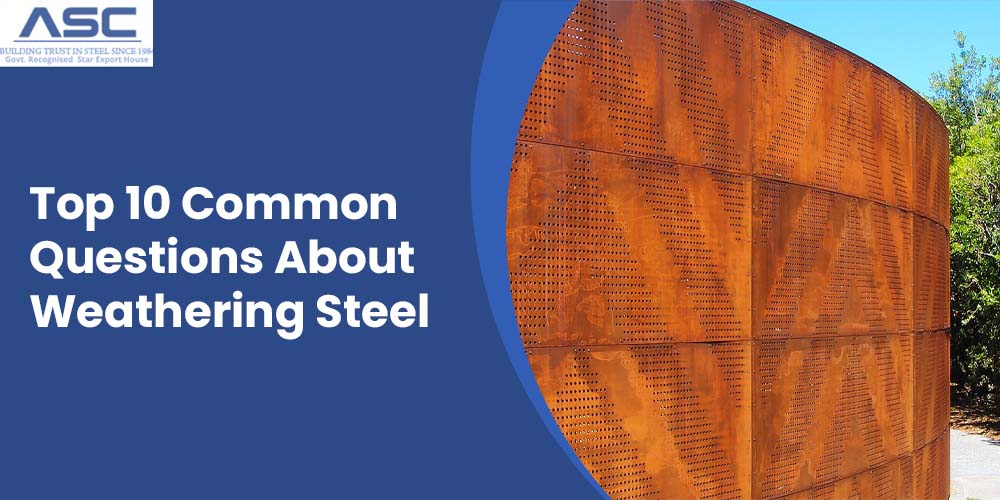Alloy Steel vs Carbon Steel – What's the Difference?
by AMC
Posted on January 20, 2023 at 03:10 PM

Steel is one of the most important industries in the world. It is made by putting iron together with other metals and non-metals. The goal of putting these things together to make steel is to get different chemical properties for different uses. When choosing a material for steel CNC machining, it is important to think about the different properties of alloy steel and carbon steel. There are two kinds of steel: alloy steel and carbon steel. When we know how alloy steel and carbon steel are different, we can use them in the right way in our industries to get the most out of them.
What is Alloy Steel
Alloy steel is a type of metal that is made up of iron, carbon, and a lot of other things. Manganese,
silicon, nickel, titanium, copper, and chromium are some of the other elements that are usually
found in it. These are called alloy elements because when you mix them together, they make an alloy.
Adding these things to steel is meant to make it better in some way. Alloy steel can be put into the
following two groups.
- Low Alloy Steel
- High Alloy Steel
Tip - Read More about - Difference Between High Alloy Steel and Low Alloy Steel
For instance, stainless steel is an alloy of steel. In the mix of elements that make it up, there is about 10% chromium, along with iron and carbon. Because it doesn't rust, stainless steel is used to make things for the kitchen.
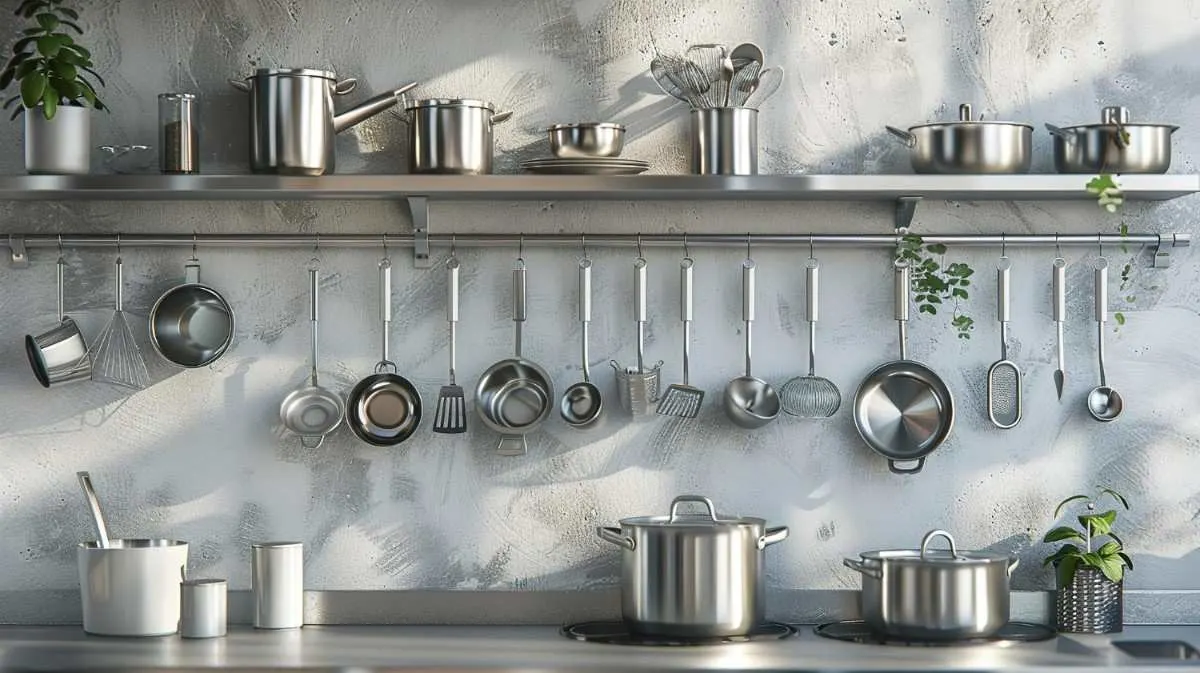
What is Carbon Steel
Carbon steel is made of iron
and carbon. Small amounts of elements that make up alloys are present.
Some examples are silicon, manganese, sulfur, and phosphorus. Carbon steel is also split into two
groups, which are explained below.
- High Carbon Steel
- Low Carbon Steel
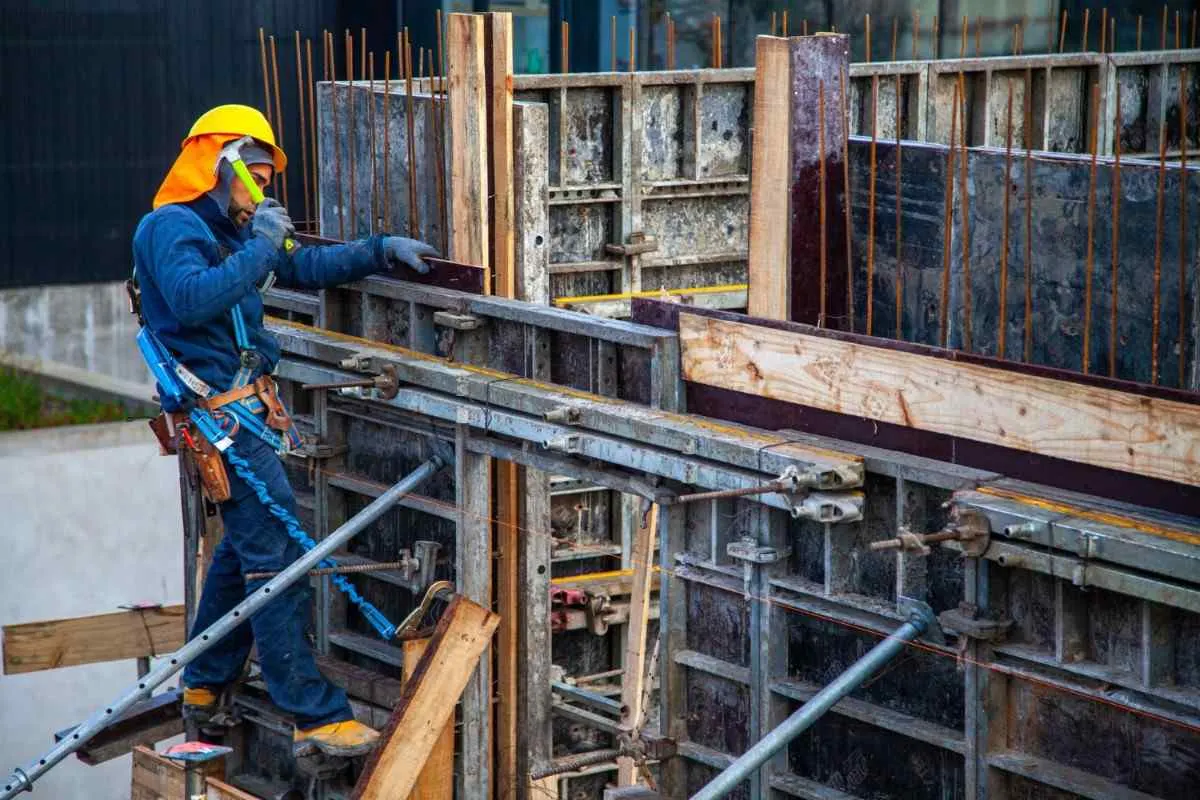
Difference Between Alloy Steel and Carbon Steel
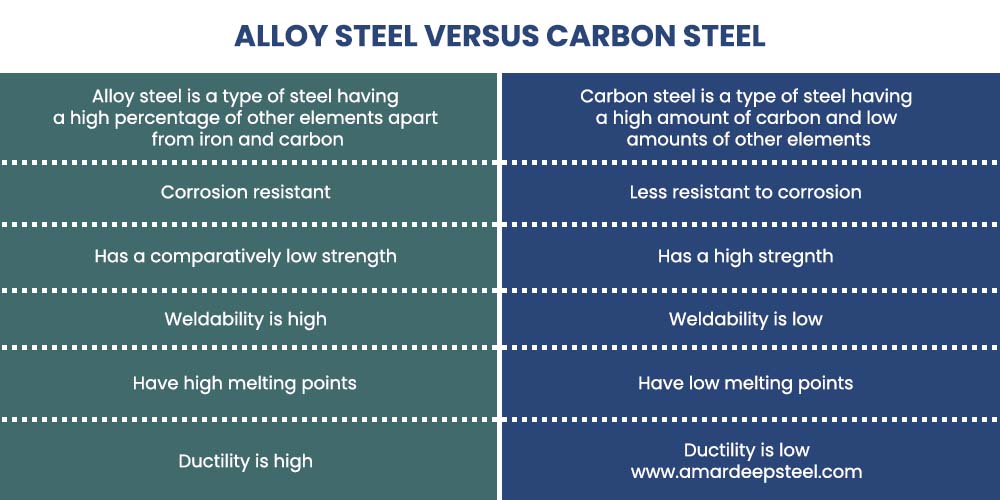
Applications of Alloy steel and Carbon Steel
Applications of Alloy Steel
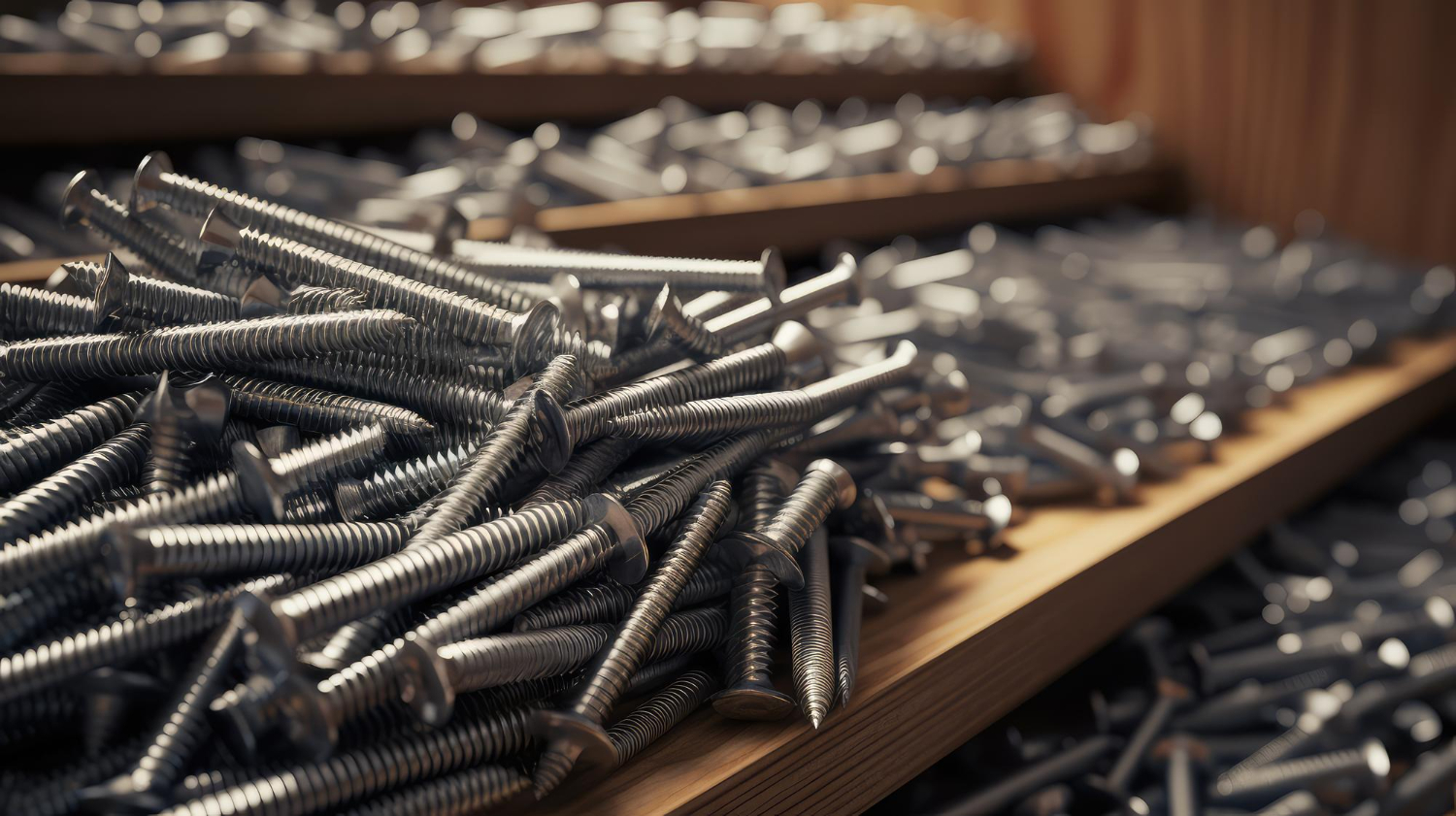
The alloy steel is used in a lot of different industries and helps make a lot of different things. Because they are so strong, hard, tough, and easy to work with, they are the most sought-after materials in many industries. So, alloy steel is perfect for building parts, mining, machinery, the railroad, and many other industries.
- Construction Industry
- Aerospace Industry
- Mining Industry
Carbon Steel Applications

Because carbon steel is so versatile, it has many uses and is used in many industries, especially the petrochemical and oil and gas industries. We've put together some examples of how carbon steel is used in different fields to show how widely it's used in today's market, such as:
- Shipbuilding
- Pipes and Pressure Vessels
- Construction
Advantages of Alloy Steel and Carbon Steel
Alloy Steel Advantages
- Corrosion resistant properties
- It can handle both high and low temperatures.
- There are many different kinds.
- Strong and lasts a long time
- Easy to clean and take care of
- Easy to clean and take care of
- It lasts a long time and isn't too expensive over its whole life.
- Can be finished in a certain way to make it look nice, and it doesn't tarnish easily. Friendly to the environment and reusable
Advantages of Carbon Steel
- Increased strength
- Less expensive than stainless steels
- Wear-resistant
- Durable and shock resistant
- Safer to work with and handle than other metals
- Easy to recycle and good for the environment
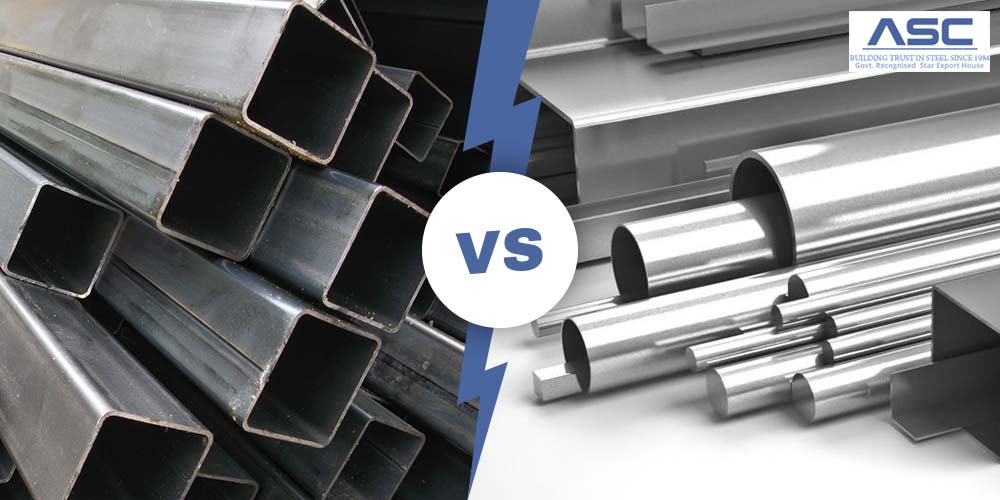
Difference Between Carbon Steel and Stainless Steel
Even if two things are made of steel, that doesn't mean they are made of the same kind of steel. There are many kinds of steel, but carbon steel and stainless steel are the most common.
